Tomato paste is a versatile ingredient that adds depth, richness, and a burst of flavor to countless dishes. While store-bought varieties are convenient, there’s something truly special about homemade tomato paste. From the vibrant color to the intense flavor, handmade tomato paste stands out for its authenticity and quality. In this article, we’ll delve into the world of handmade tomato paste, exploring its history, benefits, and how to make this culinary gem in your own kitchen. The History of Tomato Paste: Tomato paste has a rich history that dates back to ancient civilizations. The first recorded use of tomatoes can be traced to the Aztecs and Incas in Central and South America. However, it wasn’t until the 19th century that tomato paste as we know it today gained popularity in Italian and Mediterranean cuisine. Traditionally, tomatoes are simmered for hours to reduce them into a thick, concentrated paste, preserving the fruit’s flavor and nutrients.
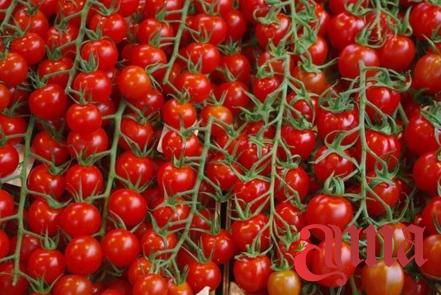
.
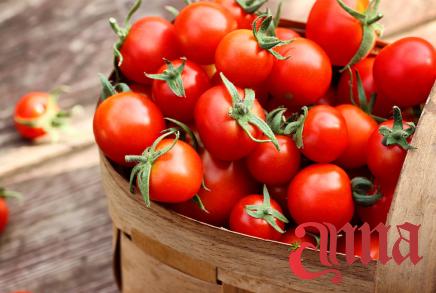 Benefits of Handmade Tomato Paste: Handmade tomato paste offers a myriad of benefits that set it apart from its commercial counterparts. Firstly, homemade tomato paste contains no artificial additives, preservatives, or excessive salt, making it a healthier alternative. Additionally, by using fresh, ripe tomatoes, you can control the quality and flavor of the final product. The intense, umami-rich taste of homemade tomato paste enhances the complexity of dishes, adding depth and character to sauces, soups, stews, and more. Nutritional Value of Handmade Tomato Paste: Tomatoes are packed with essential nutrients such as vitamin C, potassium, and lycopene. When tomatoes are cooked down into a concentrated paste, their nutritional content becomes even more concentrated. Lycopene, a powerful antioxidant found in tomatoes, is known for its anti-inflammatory properties and potential cancer-fighting benefits. By incorporating handmade tomato paste into your diet, you can boost your intake of these valuable nutrients and promote overall health and well-being. The Process of Making Handmade Tomato Paste: Making handmade tomato paste is a labor of love that requires patience and attention to detail. To start, select ripe, flavorful tomatoes such as San Marzano or Roma varieties, known for their intense taste and low water content. Wash and chop the tomatoes before simmering them in a pot over low heat. As the tomatoes cook down, their natural sugars caramelize, intensifying the flavor and color of the paste. Stir the tomatoes occasionally to prevent sticking and ensure even cooking. Once the tomatoes have reduced by half, transfer them to a food mill or blender to puree them into a smooth consistency. Return the puree to the pot and continue cooking until it thickens to a paste-like consistency. Finally, season the tomato paste with salt, sugar, and herbs of your choice to enhance the flavor. Allow the paste to cool before storing it in sterilized jars or freezing it for future use. Ways to Use Handmade Tomato Paste: Handmade tomato paste is a versatile ingredient that can elevate a wide range of dishes. From classic marinara sauces to hearty stews and casseroles, the possibilities are endless. Spread a thin layer of tomato paste on pizza dough for a rich, flavorful base, or mix it into salad dressings and dips for an added depth of flavor. You can also use handmade tomato paste to enhance the taste of grilled meats, roasted vegetables, and homemade soups. Get creative in the kitchen and experiment with different recipes to discover the full potential of this culinary gem. Storing and Preserving Handmade Tomato Paste: To ensure the longevity of your handmade tomato paste, proper storage and preservation are key. Transfer the cooled paste into sterilized glass jars, leaving a small amount of space at the top to allow for expansion.
Benefits of Handmade Tomato Paste: Handmade tomato paste offers a myriad of benefits that set it apart from its commercial counterparts. Firstly, homemade tomato paste contains no artificial additives, preservatives, or excessive salt, making it a healthier alternative. Additionally, by using fresh, ripe tomatoes, you can control the quality and flavor of the final product. The intense, umami-rich taste of homemade tomato paste enhances the complexity of dishes, adding depth and character to sauces, soups, stews, and more. Nutritional Value of Handmade Tomato Paste: Tomatoes are packed with essential nutrients such as vitamin C, potassium, and lycopene. When tomatoes are cooked down into a concentrated paste, their nutritional content becomes even more concentrated. Lycopene, a powerful antioxidant found in tomatoes, is known for its anti-inflammatory properties and potential cancer-fighting benefits. By incorporating handmade tomato paste into your diet, you can boost your intake of these valuable nutrients and promote overall health and well-being. The Process of Making Handmade Tomato Paste: Making handmade tomato paste is a labor of love that requires patience and attention to detail. To start, select ripe, flavorful tomatoes such as San Marzano or Roma varieties, known for their intense taste and low water content. Wash and chop the tomatoes before simmering them in a pot over low heat. As the tomatoes cook down, their natural sugars caramelize, intensifying the flavor and color of the paste. Stir the tomatoes occasionally to prevent sticking and ensure even cooking. Once the tomatoes have reduced by half, transfer them to a food mill or blender to puree them into a smooth consistency. Return the puree to the pot and continue cooking until it thickens to a paste-like consistency. Finally, season the tomato paste with salt, sugar, and herbs of your choice to enhance the flavor. Allow the paste to cool before storing it in sterilized jars or freezing it for future use. Ways to Use Handmade Tomato Paste: Handmade tomato paste is a versatile ingredient that can elevate a wide range of dishes. From classic marinara sauces to hearty stews and casseroles, the possibilities are endless. Spread a thin layer of tomato paste on pizza dough for a rich, flavorful base, or mix it into salad dressings and dips for an added depth of flavor. You can also use handmade tomato paste to enhance the taste of grilled meats, roasted vegetables, and homemade soups. Get creative in the kitchen and experiment with different recipes to discover the full potential of this culinary gem. Storing and Preserving Handmade Tomato Paste: To ensure the longevity of your handmade tomato paste, proper storage and preservation are key. Transfer the cooled paste into sterilized glass jars, leaving a small amount of space at the top to allow for expansion.
..
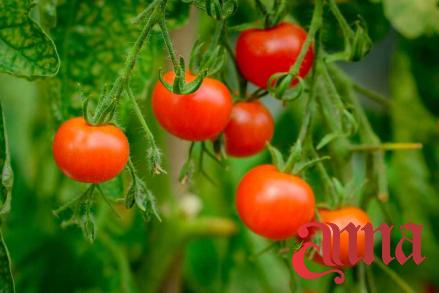 Seal the jars tightly and store them in the refrigerator for up to two weeks. For longer-term storage, portion the tomato paste into ice cube trays and freeze them. Once frozen, transfer the tomato paste cubes to a resealable freezer bag for easy use. Frozen tomato paste can be stored for several months, allowing you to enjoy the taste of summer tomatoes year-round. In Conclusion: Handmade tomato paste is a culinary treasure that adds depth, richness, and flavor to a wide range of dishes. By making your own tomato paste at home, you can control the quality, flavor, and nutritional value of this pantry staple. Whether used as a base for sauces, soups, or marinades, handmade tomato paste is sure to impress even the most discerning palates. So, roll up your sleeves, grab some ripe tomatoes, and embark on a flavorful journey to create your very own batch of handmade tomato paste. Your taste buds will thank you! In conclusion, handmade tomato paste is a versatile and delicious addition to any kitchen. By making your own tomato paste at home, you can enjoy the rich flavor and nutritional benefits of this culinary gem. Whether used in sauces, soups, or marinades, handmade tomato paste adds depth and complexity to a wide range of dishes. So, why not try your hand at making homemade tomato paste and elevate your cooking to the next level? Your taste buds will thank you for it! Additional Ways to Use Handmade Tomato Paste: 1. **Homemade Ketchup**: Blend tomato paste with vinegar, sugar, and spices to create a flavorful homemade ketchup that’s free from artificial additives. 2. **Tomato-Based Curries**: Add a dollop of tomato paste to your favorite curry dishes for a rich, tangy flavor that complements the spices and aromatics. 3. **Tomato Bruschetta**: Mix tomato paste with minced garlic, olive oil, and fresh herbs to create a delicious topping for toasted bread or crostini.
Seal the jars tightly and store them in the refrigerator for up to two weeks. For longer-term storage, portion the tomato paste into ice cube trays and freeze them. Once frozen, transfer the tomato paste cubes to a resealable freezer bag for easy use. Frozen tomato paste can be stored for several months, allowing you to enjoy the taste of summer tomatoes year-round. In Conclusion: Handmade tomato paste is a culinary treasure that adds depth, richness, and flavor to a wide range of dishes. By making your own tomato paste at home, you can control the quality, flavor, and nutritional value of this pantry staple. Whether used as a base for sauces, soups, or marinades, handmade tomato paste is sure to impress even the most discerning palates. So, roll up your sleeves, grab some ripe tomatoes, and embark on a flavorful journey to create your very own batch of handmade tomato paste. Your taste buds will thank you! In conclusion, handmade tomato paste is a versatile and delicious addition to any kitchen. By making your own tomato paste at home, you can enjoy the rich flavor and nutritional benefits of this culinary gem. Whether used in sauces, soups, or marinades, handmade tomato paste adds depth and complexity to a wide range of dishes. So, why not try your hand at making homemade tomato paste and elevate your cooking to the next level? Your taste buds will thank you for it! Additional Ways to Use Handmade Tomato Paste: 1. **Homemade Ketchup**: Blend tomato paste with vinegar, sugar, and spices to create a flavorful homemade ketchup that’s free from artificial additives. 2. **Tomato-Based Curries**: Add a dollop of tomato paste to your favorite curry dishes for a rich, tangy flavor that complements the spices and aromatics. 3. **Tomato Bruschetta**: Mix tomato paste with minced garlic, olive oil, and fresh herbs to create a delicious topping for toasted bread or crostini.
…
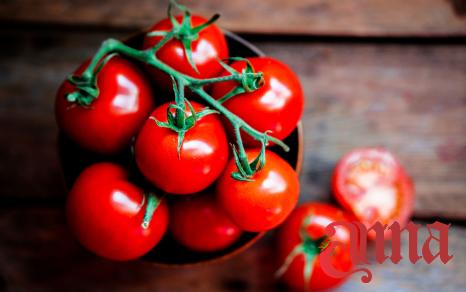 4. **Tomato Soup**: Use tomato paste as a base for creamy tomato soup, adding cream, broth, and seasoning for a comforting and satisfying meal. 5. **Tomato Risotto**: Stir tomato paste into risotto during cooking to infuse the dish with a subtle tomato flavor and vibrant color. 6. **Tomato-Based Pasta Sauces**: Combine tomato paste with onions, garlic, herbs, and olive oil to create a flavorful pasta sauce that pairs well with a variety of pasta shapes. Benefits of Homemade vs Store-Bought Tomato Paste: 1. **Control Over Ingredients**: Homemade tomato paste allows you to choose high-quality tomatoes and control the amount of salt and other additives in the final product. 2. **Freshness**: By making tomato paste at home, you can ensure that the ingredients are fresh and at their peak ripeness, resulting in a more vibrant and flavorful finished product. 3. **Customization**: Homemade tomato paste gives you the flexibility to customize the flavor by adjusting the seasoning and herbs to suit your taste preferences. 4. **Cost-Effective**: Making tomato paste at home can be more cost-effective in the long run, especially if you have access to fresh, locally-grown tomatoes in abundance. 5. **Sustainability**: By making your own tomato paste, you can reduce packaging waste associated with store-bought products and lower your environmental impact. Tips for Making Perfect Handmade Tomato Paste: 1. **Choose Ripe Tomatoes**: Opt for ripe, flavorful tomatoes with a deep red color and firm texture for the best results. 2. **Low and Slow Cooking**: Simmer the tomatoes over low heat to allow the flavors to develop slowly and avoid scorching or burning. 3. **Stir Regularly**: Stir the tomato mixture regularly to prevent sticking and ensure even cooking and caramelization. 4. **Strain or Puree**: Strain the cooked tomatoes through a food mill or puree them in a blender for a smooth consistency. 5. **Season to Taste**: Adjust the seasoning with salt, sugar, and herbs to balance the flavors and enhance the natural sweetness of the tomatoes. In summary, handmade tomato paste is a versatile, flavorful, and nutritious ingredient that can enhance a wide range of dishes. By taking the time to make your own tomato paste at home, you can enjoy the benefits of fresh, high-quality ingredients and full control over the flavor and nutritional content of the final product. Whether you choose to use handmade tomato paste as a base for sauces, soups, or spreads, the possibilities are endless. So, gather your ingredients, roll up your sleeves, and delve into the art of making homemade tomato paste – your taste buds will thank you for it!
4. **Tomato Soup**: Use tomato paste as a base for creamy tomato soup, adding cream, broth, and seasoning for a comforting and satisfying meal. 5. **Tomato Risotto**: Stir tomato paste into risotto during cooking to infuse the dish with a subtle tomato flavor and vibrant color. 6. **Tomato-Based Pasta Sauces**: Combine tomato paste with onions, garlic, herbs, and olive oil to create a flavorful pasta sauce that pairs well with a variety of pasta shapes. Benefits of Homemade vs Store-Bought Tomato Paste: 1. **Control Over Ingredients**: Homemade tomato paste allows you to choose high-quality tomatoes and control the amount of salt and other additives in the final product. 2. **Freshness**: By making tomato paste at home, you can ensure that the ingredients are fresh and at their peak ripeness, resulting in a more vibrant and flavorful finished product. 3. **Customization**: Homemade tomato paste gives you the flexibility to customize the flavor by adjusting the seasoning and herbs to suit your taste preferences. 4. **Cost-Effective**: Making tomato paste at home can be more cost-effective in the long run, especially if you have access to fresh, locally-grown tomatoes in abundance. 5. **Sustainability**: By making your own tomato paste, you can reduce packaging waste associated with store-bought products and lower your environmental impact. Tips for Making Perfect Handmade Tomato Paste: 1. **Choose Ripe Tomatoes**: Opt for ripe, flavorful tomatoes with a deep red color and firm texture for the best results. 2. **Low and Slow Cooking**: Simmer the tomatoes over low heat to allow the flavors to develop slowly and avoid scorching or burning. 3. **Stir Regularly**: Stir the tomato mixture regularly to prevent sticking and ensure even cooking and caramelization. 4. **Strain or Puree**: Strain the cooked tomatoes through a food mill or puree them in a blender for a smooth consistency. 5. **Season to Taste**: Adjust the seasoning with salt, sugar, and herbs to balance the flavors and enhance the natural sweetness of the tomatoes. In summary, handmade tomato paste is a versatile, flavorful, and nutritious ingredient that can enhance a wide range of dishes. By taking the time to make your own tomato paste at home, you can enjoy the benefits of fresh, high-quality ingredients and full control over the flavor and nutritional content of the final product. Whether you choose to use handmade tomato paste as a base for sauces, soups, or spreads, the possibilities are endless. So, gather your ingredients, roll up your sleeves, and delve into the art of making homemade tomato paste – your taste buds will thank you for it!

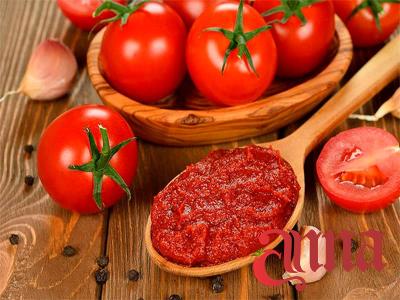
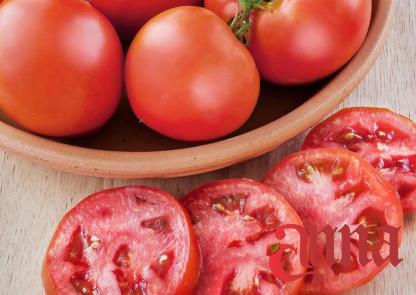
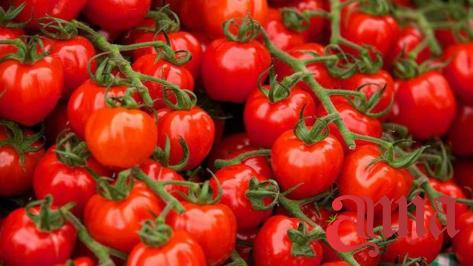



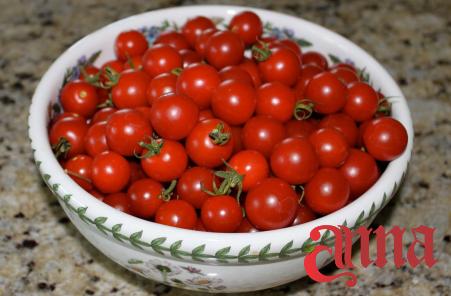

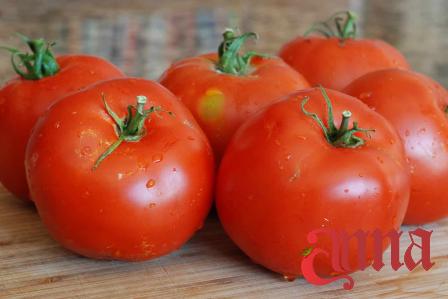

Your comment submitted.